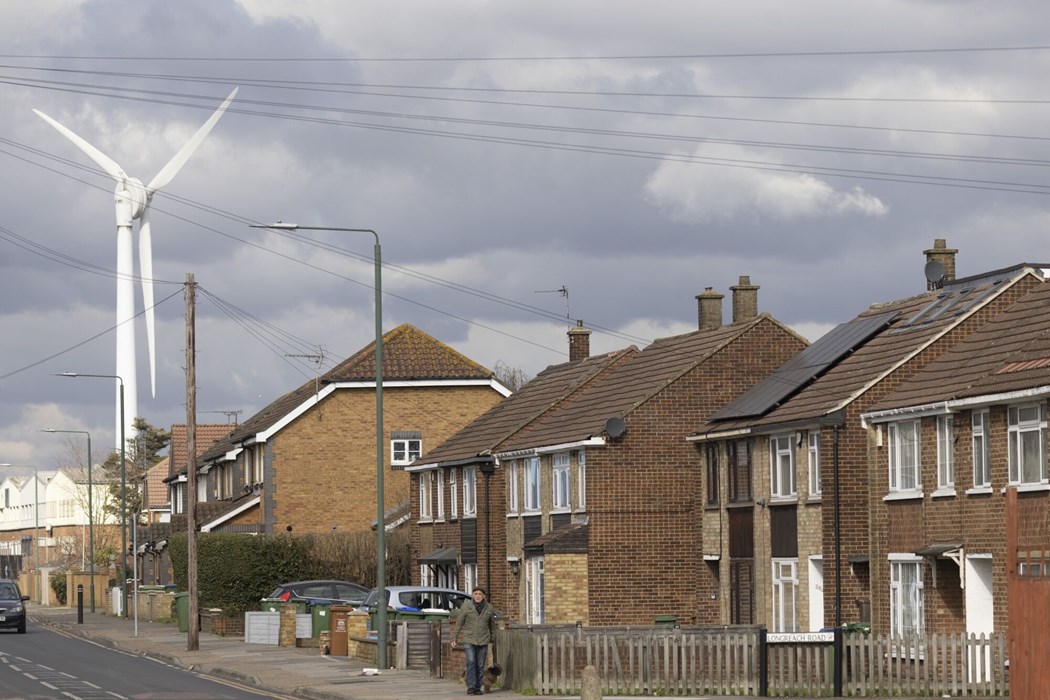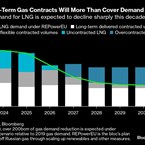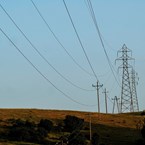England Set to Take 4,700 Years to Reach Wind Power Target, Study Says
(Bloomberg) -- The year is 6723, and there are finally enough onshore wind farms in England to support the UK’s 2050 net-zero target.
At least that’s how long it would take at the current pace of construction, according to a report from the Institute for Public Policy Research, a London-based think tank. It’s an extreme example of how planning rules can slow renewable power development to an extent that could make climate targets impossible to reach.
“The current planning system in England is not remotely fit for purpose to build a net-zero world,” said Luke Murphy, IPPR associate director for energy, climate, housing, and infrastructure. “At current build rates, we’re as far from delivering the onshore wind we need for energy security as we are from the start of construction of Stonehenge in 2,500 BC.”
Like many other countries across the region, the UK is seeking to be carbon-neutral by mid-century as it shifts away from fossil fuels and toward renewable energy sources. Many households across the country are currently facing a cost-of-living crisis, in large part due to soaring energy costs.
De Facto Ban
The multiple-millennia timeline is a result of policy under Britain’s ruling Conservative Party that effectively bans new onshore wind farms by making it extremely difficult to get new projects approved, according to the researcher.
Before a rule change in 2015, England was building about 180 megawatts of new onshore wind capacity every year, IPPR said in its report. After the amendment, that dropped to about 1 megawatt per year and only 17 small wind farms getting planning permission since then — about 0.02% of National Grid’s target for onshore wind by 2030.
“At this pace, it will take England 4,700 years to reach its share of this target,” it said.
Prime Minister Rishi Sunak agreed last year to a consultation that would end the ban by giving communities more latitude to approve projects. But industry group RenewableUK has said proposed changes won’t do much to boost onshore wind in England.
“We are scaling up renewable energy sources around the UK and since 2010 we’ve increased the amount of renewable energy connected to the grid by 500% – the second-highest in Europe,” a government spokesperson said. “Decisions about onshore wind are best made by local leaders who know their area best.”
©2023 Bloomberg L.P.
KEEPING THE ENERGY INDUSTRY CONNECTED
Subscribe to our newsletter and get the best of Energy Connects directly to your inbox each week.
By subscribing, you agree to the processing of your personal data by dmg events as described in the Privacy Policy.
More utilities news

Japan’s Top Power Producer Jera Considers IPO to Fund Green Push
Apr 15, 2024
MOL inaugurates central Europe’s largest green hydrogen plant
Apr 15, 2024
India Invokes Emergency Rules to Run Gas Power Plants for Summer
Apr 13, 2024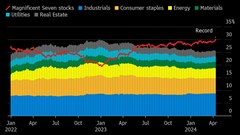
Magnificent Seven Influence Over S&P 500 Has Never Been Greater
Apr 12, 2024
China’s CGN New Energy’s Parent Said to Revive Take-Private Plan
Apr 11, 2024
Enel Hydro-Power Plant Blast in Italy Leaves at Least 3 Dead
Apr 09, 2024
Atos to Present Debt Plan as Onepoint Bolsters Rescue Coalition
Apr 08, 2024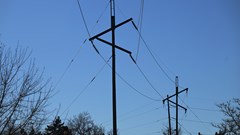
Xcel Energy to Cut Power in Parts of Colorado Amid High Winds
Apr 06, 2024
Naturgy Said to Shelve $2.6 Billion Sale of Australia Assets
Apr 06, 2024
High Insurance Premiums Are the Latest Thing Weighing on China’s EV Market
Apr 05, 2024
Energy Workforce helps bridge the gender gap in the industry
Mar 08, 2024
EGYPES Climatech champion on a mission to combat climate change
Mar 04, 2024
Fertiglobe’s sustainability journey
Feb 29, 2024
Neway sees strong growth in Africa
Feb 27, 2024
P&O Maritime Logistics pushing for greater decarbonisation
Feb 27, 2024
India’s energy sector presents lucrative opportunities for global companies
Jan 31, 2024
Oil India charts the course to ambitious energy growth
Jan 25, 2024
Maritime sector is stepping up to the challenges of decarbonisation
Jan 08, 2024
COP28: turning transition challenges into clean energy opportunities
Dec 08, 2023
Why 2030 is a pivotal year in the race to net zero
Oct 26, 2023Partner content

Ebara Elliott Energy offers a range of products for a sustainable energy economy

Essar outlines how its CBM contribution is bolstering for India’s energy landscape

Positioning petrochemicals market in the emerging circular economy

Navigating markets and creating significant regional opportunities with Spectrum


